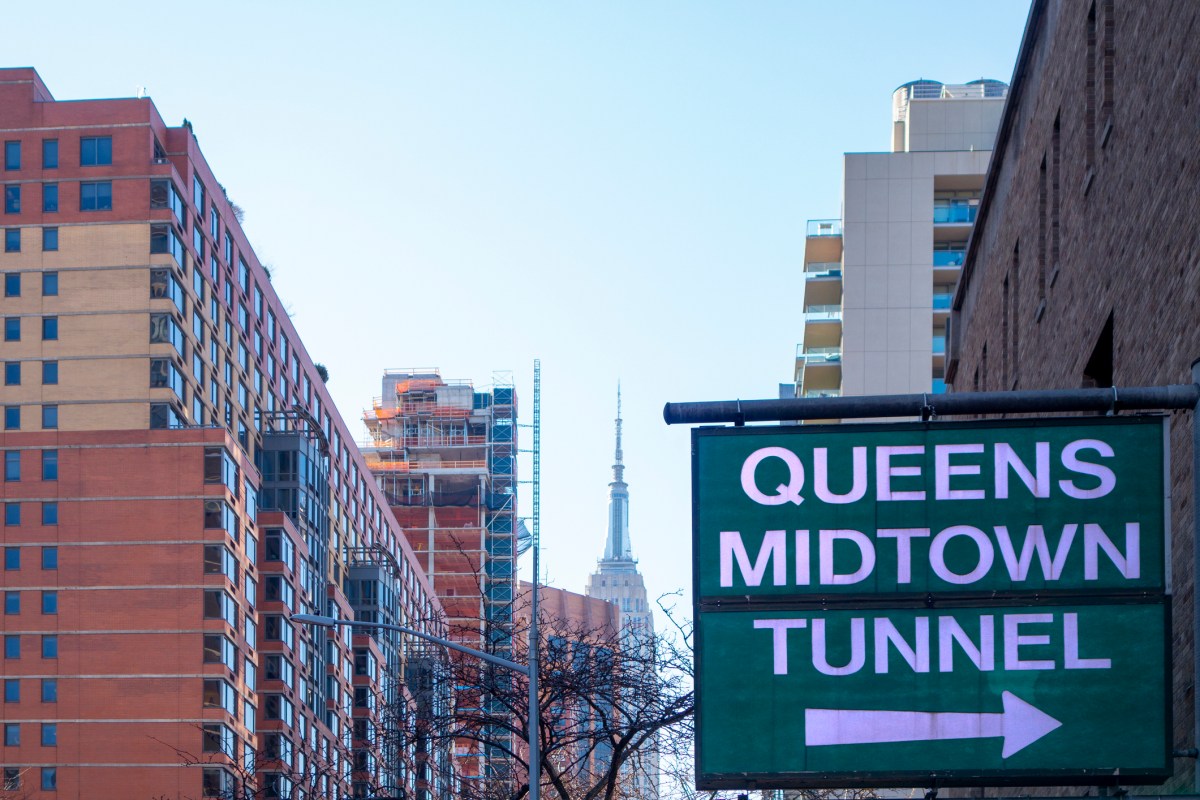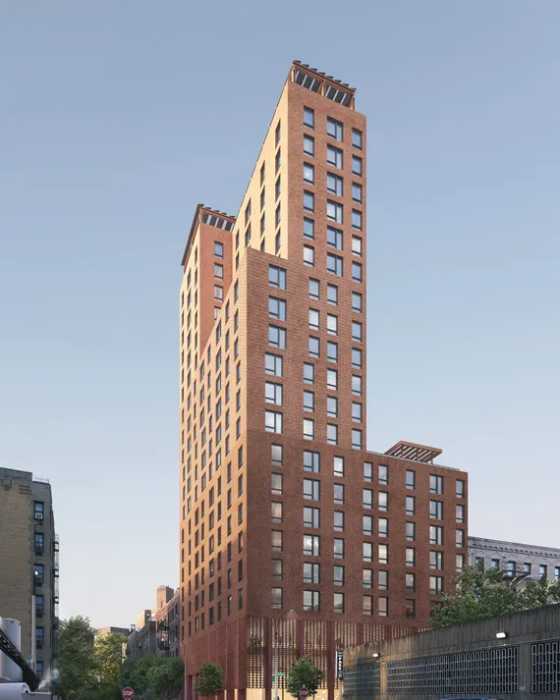For the second time in just three days, a radar blackout at Newark Airport forced a ground stop on Sunday, plunging the busy hub into chaos and reigniting concerns about the nation’s aging air traffic control system.
The failure left air traffic controllers without radar or radio contact with aircraft, halting departures and arrivals and frustrating passengers already grappling with delays and cancellations. It was the third radar failure in two weeks at the Philadelphia-based facility responsible for Newark’s airspace.
The Port Authority said flights at Newark resumed at 10:52 a.m. on May 11, and that it is monitoring all impacts.
Senate Minority Leader Chuck Schumer (D-New York), meanwhile, demanded swift federal action and called on U.S. Transportation Secretary Sean Duffy to prioritize Newark in a newly proposed nationwide overhaul of the Federal Aviation Administration’s air traffic control system.

“When people hear about radar screens just going dark, traffic controllers who cannot talk to planes, technology that is seemingly working no better than tin cans, they do not think this is a story about the Trump administration’s FAA, but that is what is so scary: this story is real and this story is dangerous. This situation is also unacceptable,” Schumer said.
Last Thursday, the Trump administration announced a multi-year plan to modernize air traffic control infrastructure, including six new control centers and technology upgrades across the country. But Schumer insisted the timeline must accelerate, especially for Newark.
“With what is going on, we have one thing for certain: more questions than answers,” Schumer added. “And right now, we need answers, we need reassurances, and we need his FAA to lead.”
According to ABC News, Sunday’s glitch caused radar and communications screens to go dark for up to 90 seconds, preventing controllers from directing air traffic. The FAA issued a temporary ground stop as a safety measure.
Schumer urged the installation of a dedicated fiber-optic line between Newark and Philadelphia’s radar facility, along with new computers and direct data links to prevent future outages.
Newark Liberty is the 13th busiest airport in the U.S. and ranks 23rd worldwide, handling nearly 50 million passengers annually.






































